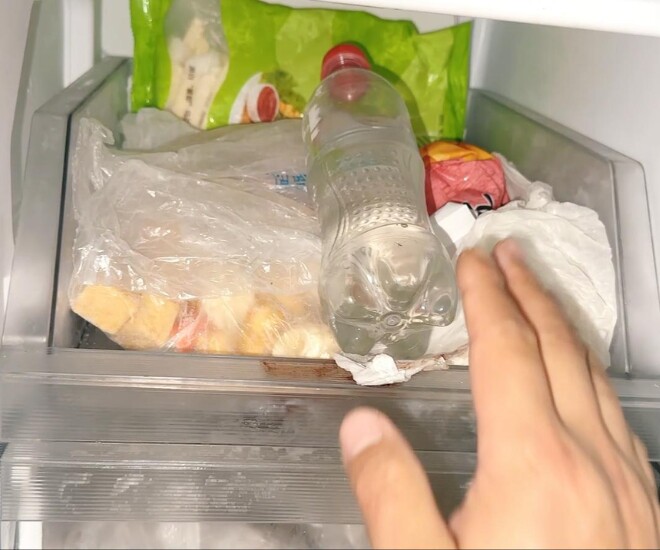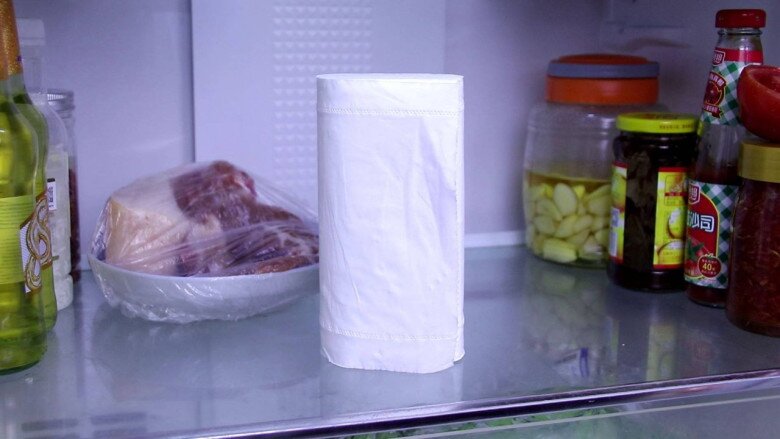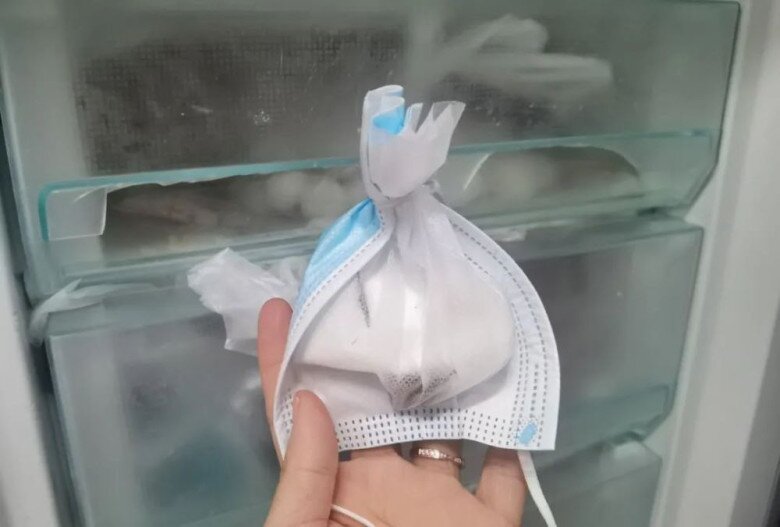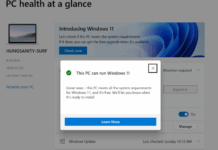Reducing your electricity bill can be achieved through some simple tips and tricks to efficiently save energy.
Cut Your Electricity Bill in Half by Putting These 3 Things in Your Fridge
1. Cold Water Bottles

One of the simplest and most effective ways to save energy on your refrigerator is to place cold water bottles inside. During the summer, prepare two plastic bottles, fill them with water about two-thirds full, and place them in the freezer to freeze. Once frozen, put these bottles in the fridge.
The ice-cold temperature of the bottles will help lower the internal temperature of the fridge, reducing the load on the compressor. With the compressor working less, electricity consumption will decrease. This method not only saves energy but also keeps your food fresher for longer, as the stable temperature inside the fridge inhibits bacteria and mold growth.
This approach is not only effective but also straightforward and easy to implement. You can even replace the water with fruit juices or other beverages your family enjoys. When you take out the bottles to drink, you’ll also have a refreshing, chilled beverage—perfect for the summer heat.
2. Use Napkins

If you own a direct cooling refrigerator, frost buildup can be a common issue, especially during the summer. This frost formation not only takes up space in your fridge but also increases the burden on the compressor, leading to higher electricity consumption. To address this, wrap your fresh fruits in napkins or paper towels before placing them in the fridge. These napkins will absorb moisture, helping to reduce frost buildup.
Minimizing frost formation not only saves energy but also protects the food inside your fridge. When the space in your fridge isn’t taken up by frost, you can store more food without worrying about spoilage. Additionally, napkins can help keep fruits fresher for longer, as they absorb excess moisture, preventing bacterial and fungal growth.
3. Face Masks
Another interesting tip to save energy in your refrigerator is to use face masks. Face masks, a familiar item in every household, can be put to good use. Cut open the inner layer of the face mask, fill it with tea leaves to create a tea bag, and place it in the fridge. This method not only helps remove moisture but also eliminates odors and reduces the load on the compressor.
Using face masks to control moisture in the fridge is a creative way to save energy. When moisture is reduced, the compressor won’t have to work as hard, resulting in lower electricity consumption. This also ensures that the food in your fridge doesn’t develop strange or unpleasant odors, thus safeguarding your family’s health.

Other Energy-Saving Tips to Keep in Mind
In addition to the three items mentioned, there are some other simple tips to help you save energy in your refrigerator:
– Keep your fridge well-stocked: If your fridge is too empty, it will have less thermal mass, leading to increased electricity consumption. Conversely, if it’s too full, the cool air won’t circulate properly. Aim to keep your fridge about 70% to 80% full—this optimizes space while still allowing for efficient cooling and energy savings. This also helps maintain a stable temperature inside the fridge.
– Minimize opening the fridge door: Frequently opening the fridge door allows outside warmth to enter, increasing the burden on the compressor and consuming more energy. Try to open the fridge as infrequently as possible, and when you do, have the food you need to retrieve ready so that you don’t keep the door open for extended periods.
– Check the door seal: If the door seal of your fridge is damaged, cold air can escape, causing the compressor to work harder. Regularly inspect and replace the door seal if necessary to ensure the fridge operates efficiently. A good door seal will keep the cold air inside, saving energy and better preserving your food.

































